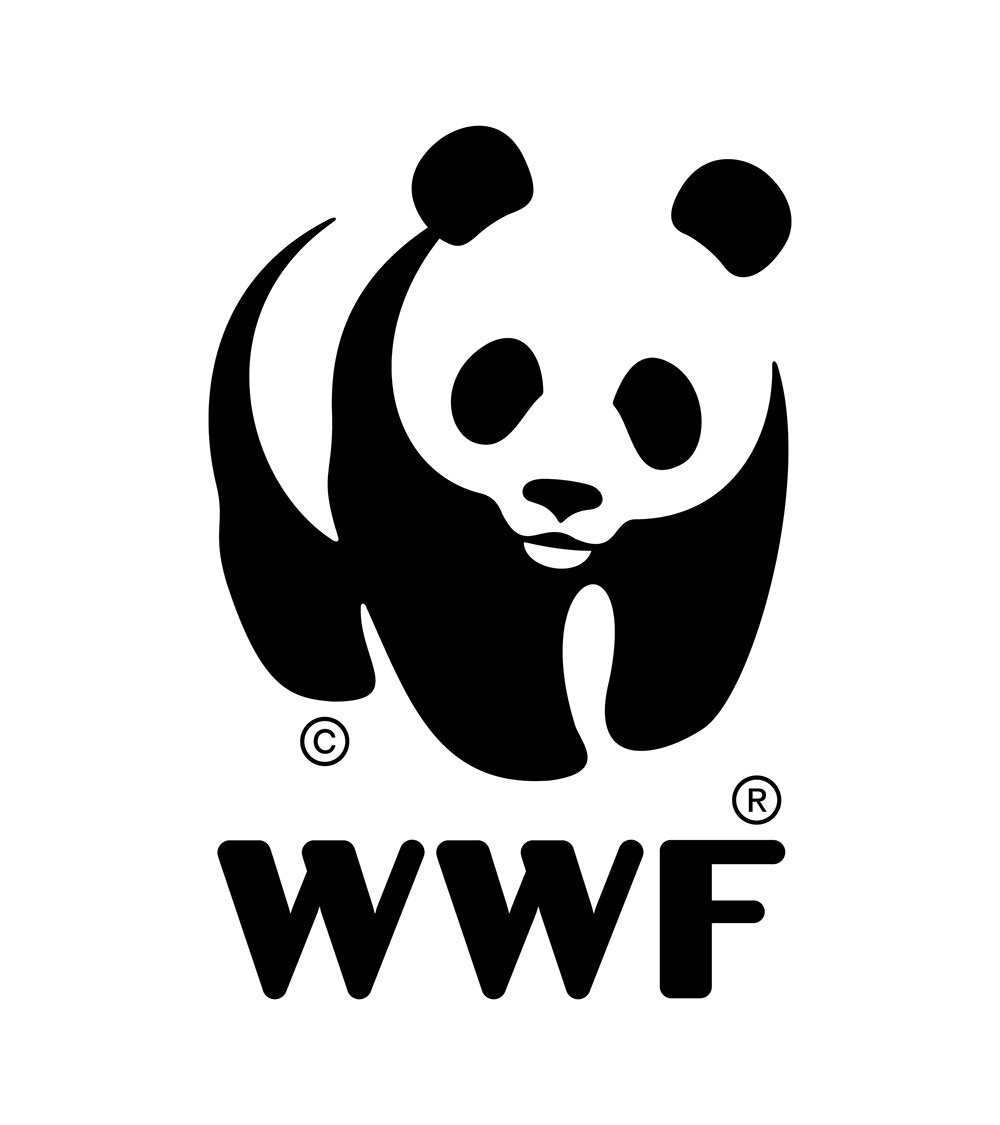PROTECTING BLUE CORRIDORS REPORT
Challenges and solutions for migratory whales navigating national and international seas
A new collaborative report from WWF and partners provides the first truly comprehensive look at whale migrations and the threats they face across all oceans, highlighting how the cumulative impacts from industrial fishing, ship strikes, pollution, habitat loss, and climate change are creating a hazardous and sometimes fatal obstacle course for the marine species.
Protecting Blue Corridors visualises the satellite tracks of over 1000 migratory whales worldwide. The report outlines how whales are encountering multiple and growing threats in their critical ocean habitats – areas where they feed, mate, give birth, and nurse their young – and along their migration superhighways, or ‘blue corridors’.
The report is a collaborative analysis of 30 years of scientific data contributed by more than 50 research groups, with leading marine scientists from Oregon State University, the University of California Santa Cruz, the University of Southampton and others.
Case studies highlight hotspots and risks that whales navigate on their migrations, some of which can be thousands of kilometers each year. As a result of these hazards, six out of the 13 great whale species are now classified as endangered or vulnerable by the International Union for Conservation of Nature, even after decades of protection after commercial whaling. Among those populations most at risk is the critically endangered North Atlantic right whale, a species that migrates between Canada and the United States. It is at its lowest point in 20 years – numbering only 336 individuals.
Protecting Blue Corridors calls for a new conservation approach to address these mounting threats and safeguard whales, through enhanced cooperation from local to regional to international levels. Of particular urgency is engagement with the United Nations, which is set to finalise negotiations on a new treaty for the high seas (Areas Beyond National Jurisdiction) in March 2022.
The benefits from protected blue corridors extend far beyond whales. Growing evidence shows the critical role whales play maintaining ocean health and our global climate – with one whale capturing the same amount of carbon as thousands of trees. The International Monetary Fund estimates the value of a single great whale at more than US$2 million, which totals more than US$1 trillion for the current global population of great whales.
Protecting Blue Corridors: Challenges and solutions for migratory whales navigating national and international seas is being published ahead of World Whale Day on 20 February 2022.


